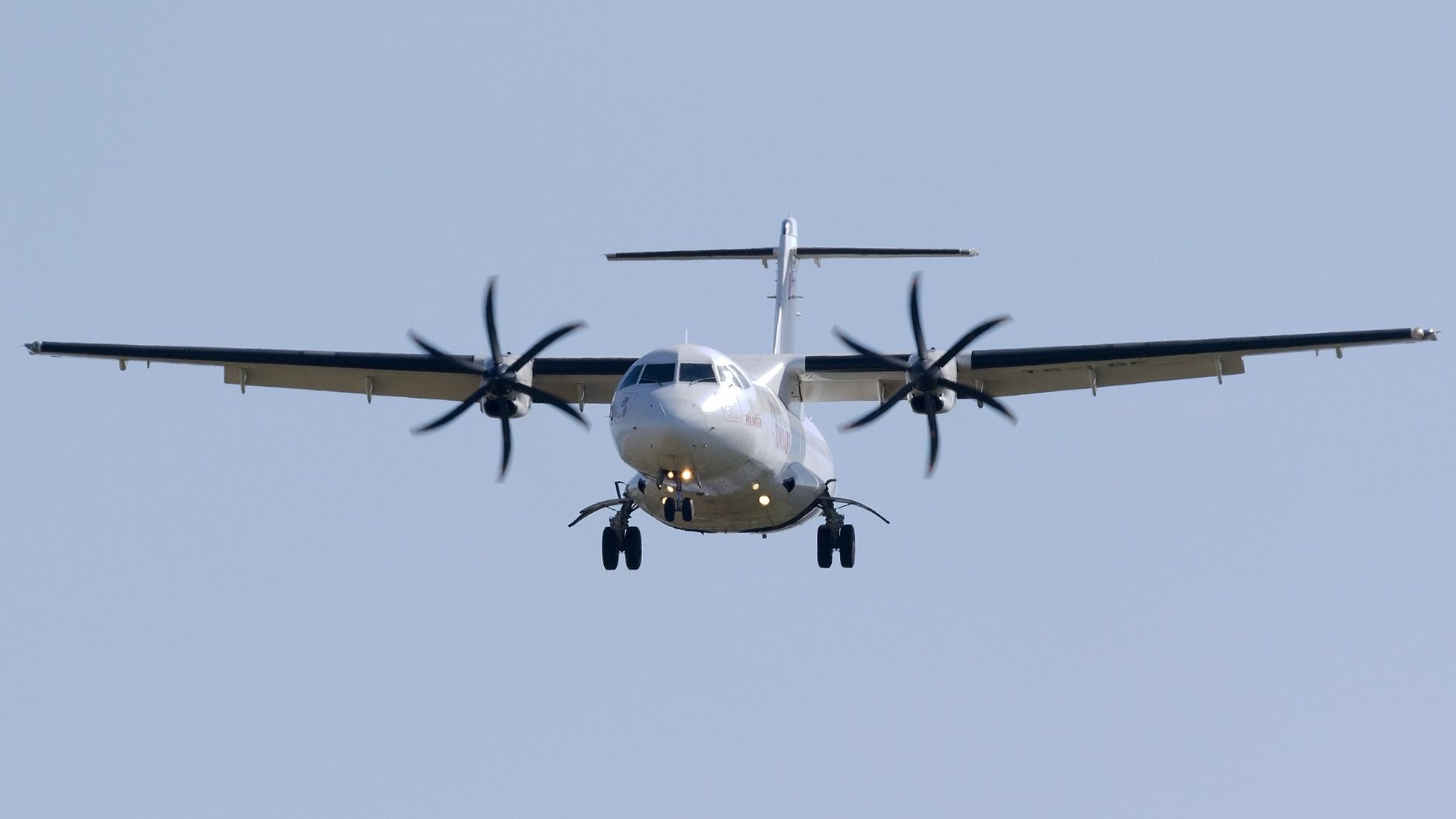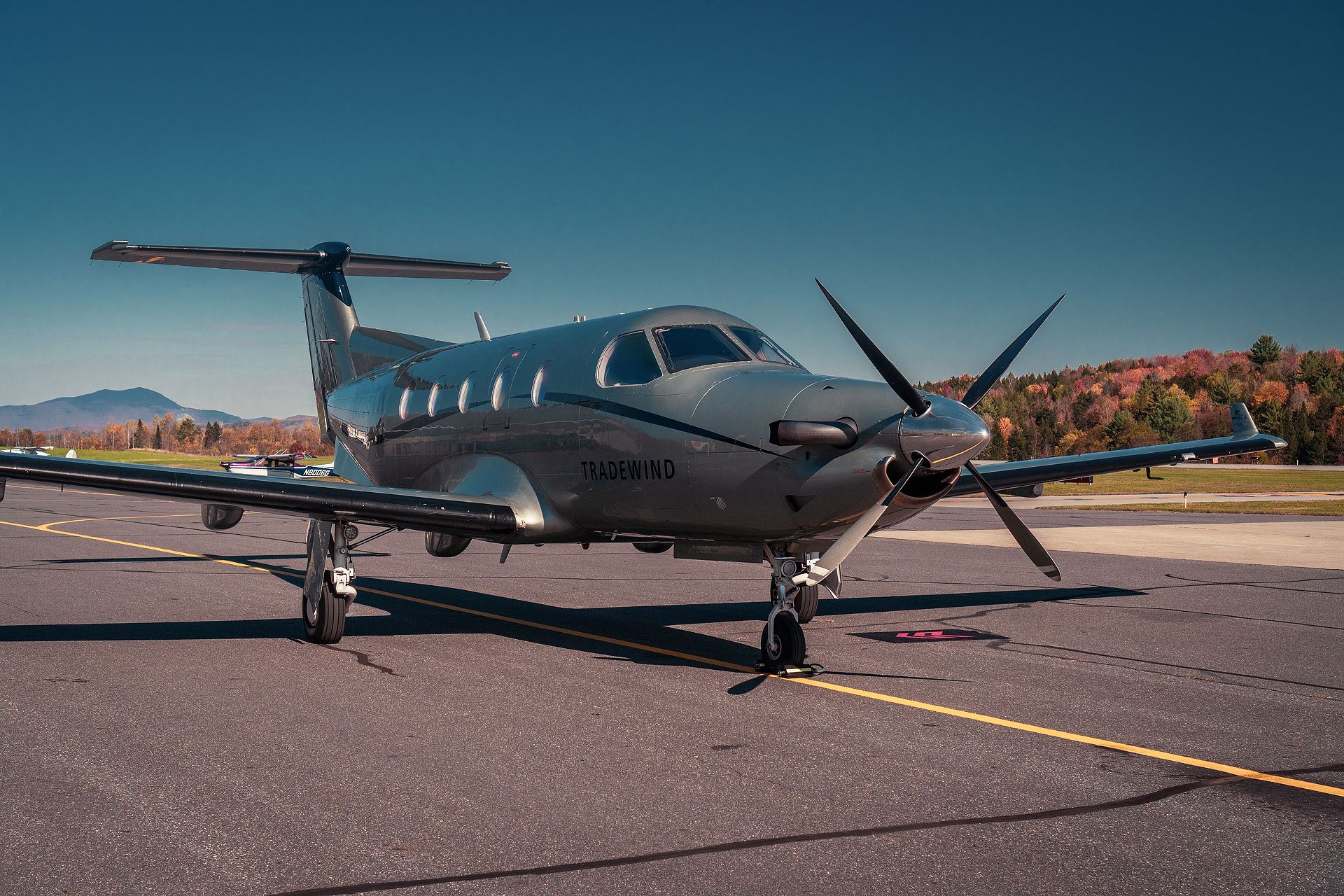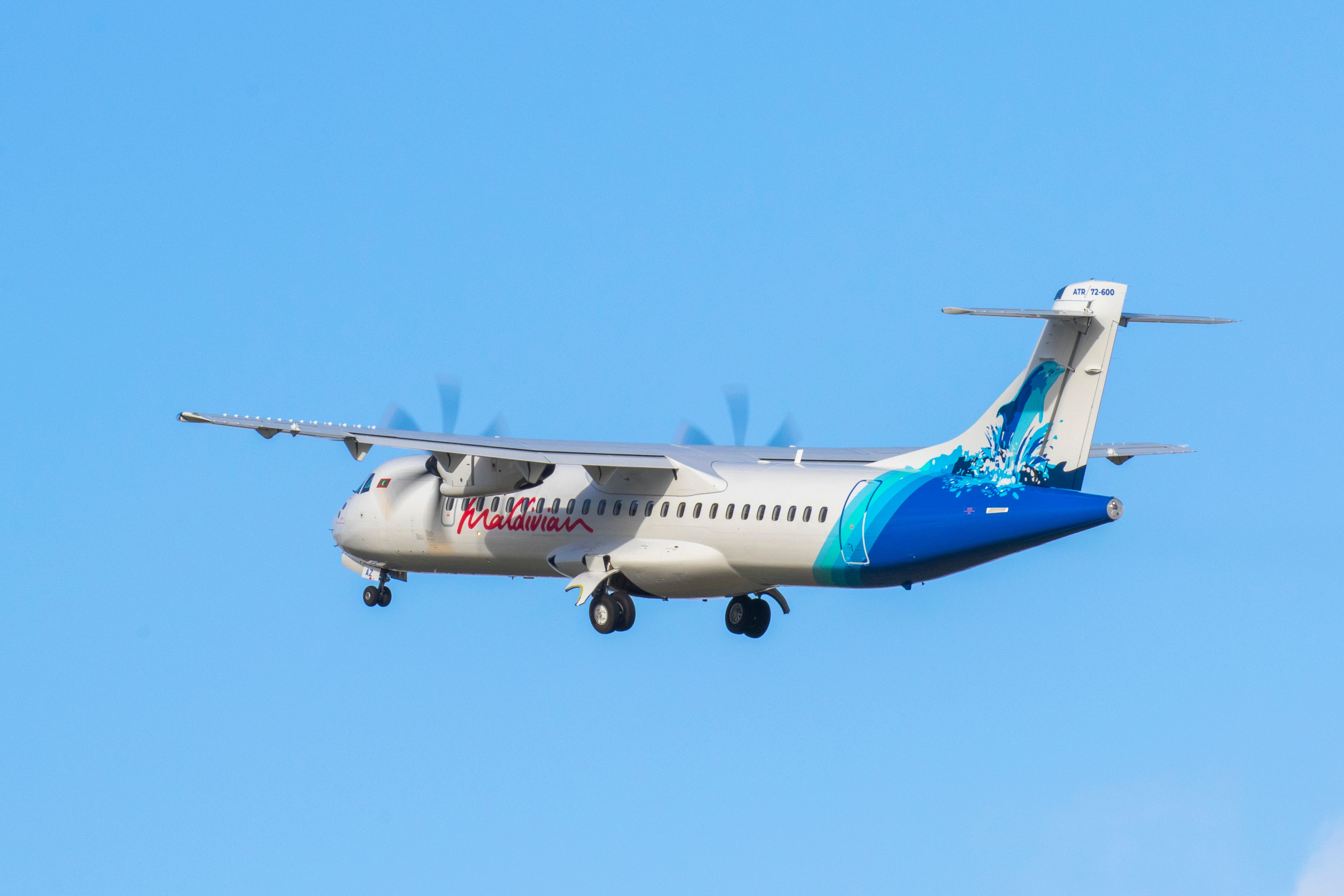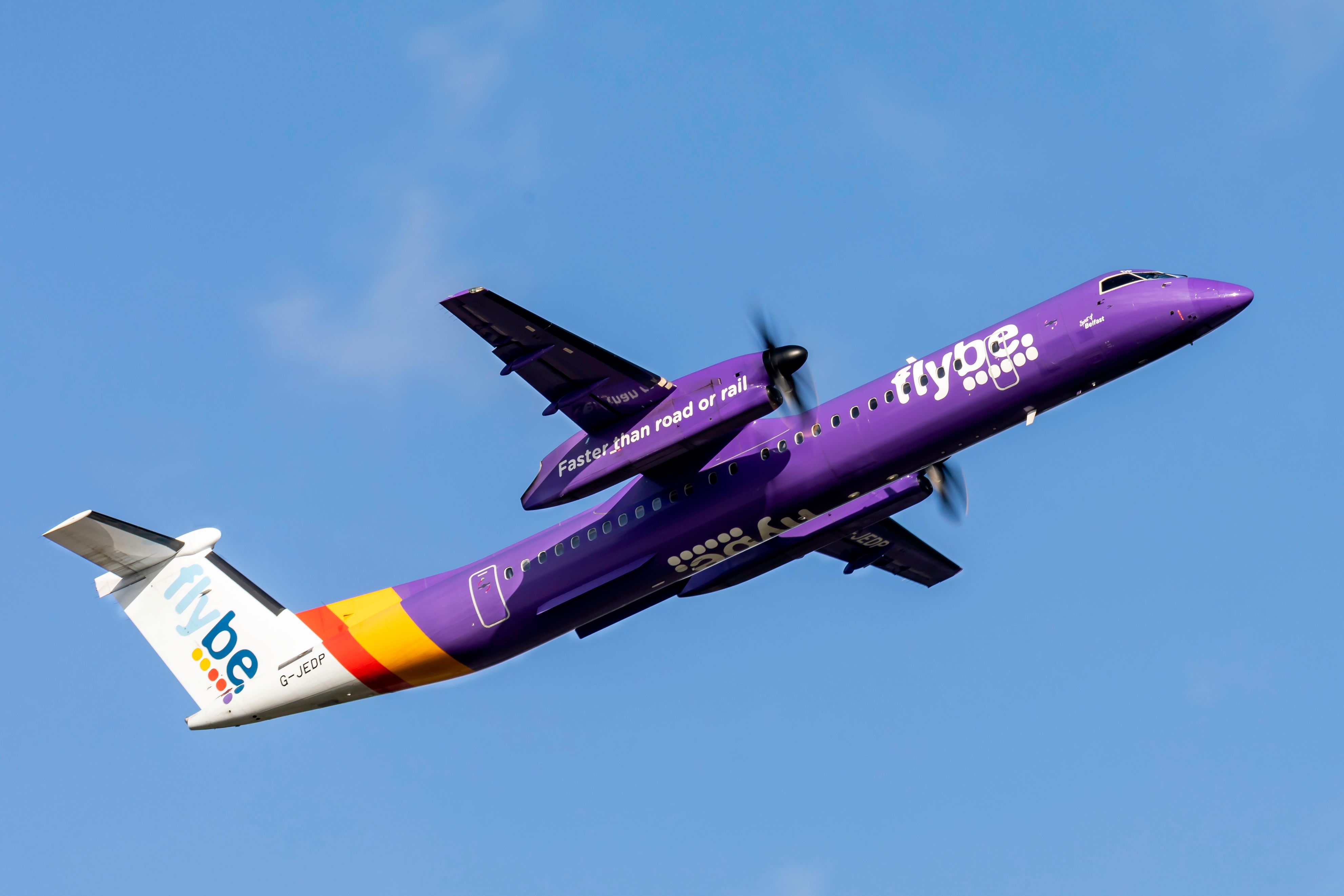Summary
- Pratt & Whitney was accused of attempting to monopolize the market for used PT6 and PW100 turboprop engines and their parts.
- The plaintiff, Universal Turbine Parts (UTP), alleged that the company received sensitive information, resulting in the engine marker attempting to cut off the supply of engines to it and other second-hand sellers.
- UTP requested $150 million in cash damages.
Pratt & Whitney and its Canadian subsidiary, Pratt & Whitney Canada, were sued in court by a United States-based aircraft parts supplier, Universal Turbine Parts (UTP), alleging that the engine maker was trying to monopolize the market for certain turboprop engines and their parts.
Cutting off the supply of used engines
According to the lawsuit, Pratt & Whitney has allegedly attempted to monopolize the market for used turboprop engines, specifically, the PT6 and PW100. The former is used by several aircraft, including the Cessna 208 Caravan and Pilatus PC-12, while the latter engine family exclusively powers such turboprops as the ATR 42/72 or the De Havilland Canada Dash 8 Q400.
Nevertheless, UTP stated that the company has attempted to cut off the supply of Federal Aviation Administration (FAA)-approved engines and used parts to reduce competition within the used parts market.
Explaining its business model, the parts seller noted that it was one of ten independent used serviceable material suppliers for the PT6 and PW100 aircraft engine families in the US, adding that it has been in the industry for over 30 years.
Photo: Tradewind Aviation
Its engine inventory primarily consists of either used engines or parts that were disassembled by maintenance, repair, and overhaul (MRO) facilities. The company said that the ability to secure used engines was key to its business model, while MROs play an essential role in generating inventory for the second-hand market.
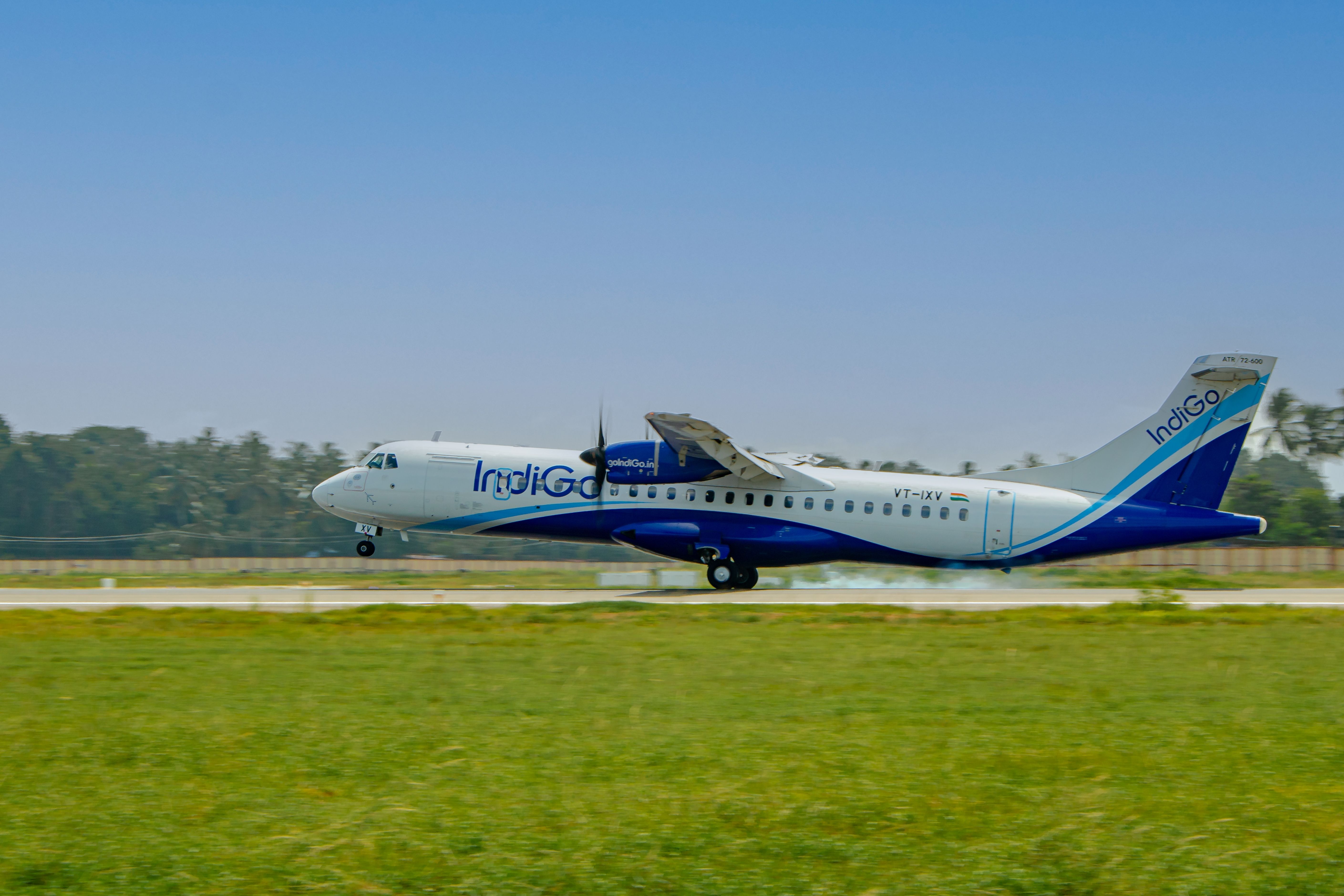
Related
IndiGo To Boost Regional Fleet With 100 New Planes, But Which Aircraft Type?
Should IndiGo upgauge its network and go for bigger regional jets, such as the Airbus A220 or Embraer E175?
Gaining access to sensitive documents
Nevertheless, the business model was explained straightforwardly. The essential five steps involve UTP acquiring an engine core, sending it to an MRO, which then disassembles and tags parts of the engine, returns the parts to UTP, and subsequently sells them to consumers or other MROs.
The company stated that in 2016, as part of a due diligence process in a sale process, Pratt & Whitney gained access to highly sensitive information from UTP. The parts reseller alleged that by gaining access to that sensitive information, the engine maker had learned the ways such resellers were taking sales from Pratt & Whitney and the value that the engine maker could realize by eliminating or substantially weakening competition in the market.
Photo: ATR
Lastly, UTP alleged that Pratt & Whitney learned about the vulnerabilities of UTP and other used parts suppliers, including how to cut them off from acquiring used engines. As a result, Pratt & Whitney moved to restrict the sellers’ ability to acquire and sell parts and engines.
“Pratt’s multi-faceted scheme encompasses a veritable smorgasbord of antitrust offenses, ranging from a horizontal group boycott, to concerted refusals to deal, exclusive dealing, price-fixing, coordinated predatory pricing, illegal bundling arrangements, monopoly leveraging, and anticompetitive refusals to deal.”
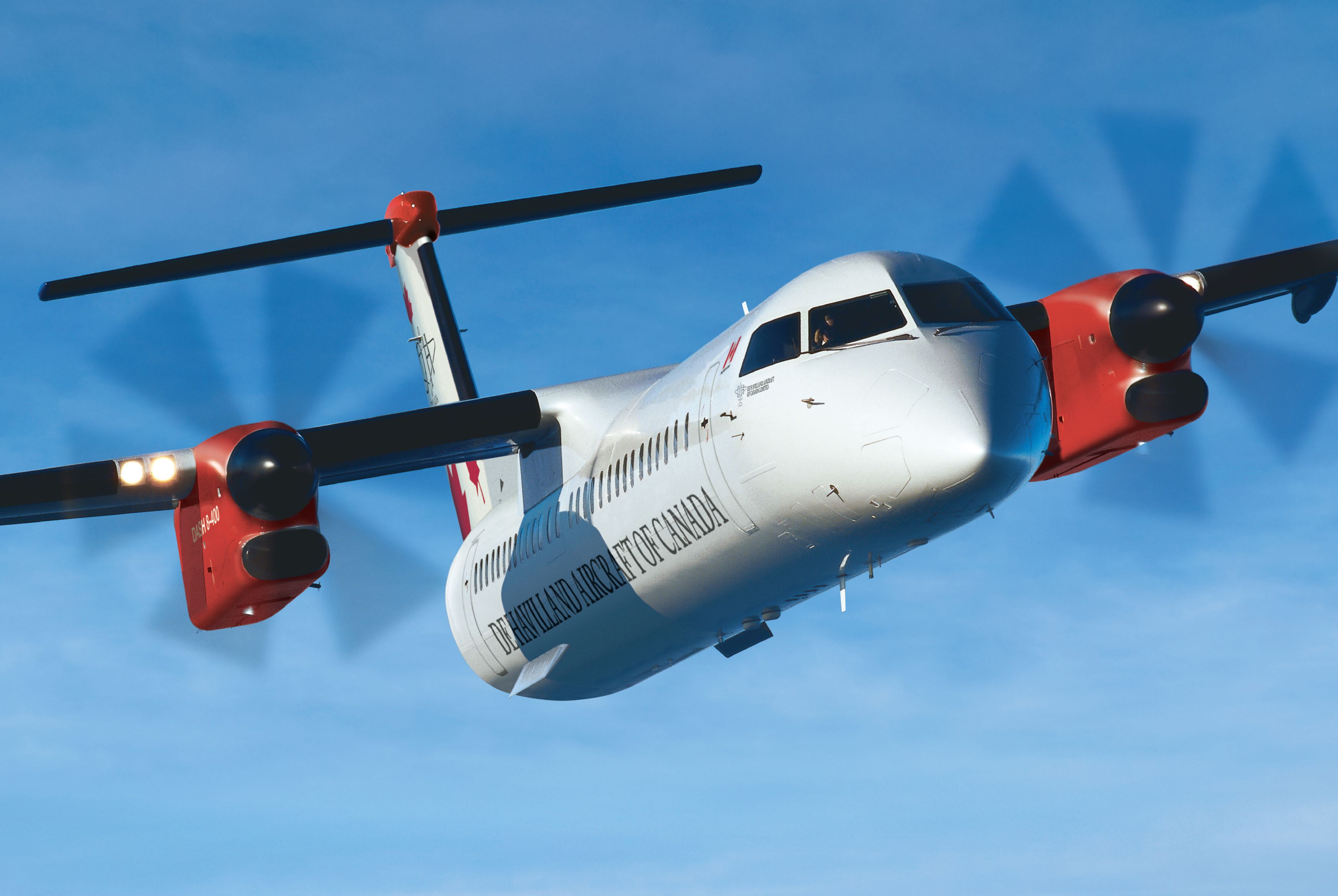
Related
De Havilland Working Towards Restarting Dash 8 Production At New Alberta Site
The manufacturer will be moving its production facilities to Wheatland County in Alberta.
$150 million money damages
UTP requested a trial by jury to resolve the dispute, asking the Court to rule favorably and award UTP money damages in excess of $150 million, while also awarding the company interested related to the case. The company filed the claim with the US District Court of Eastern District of Pennsylvania.
Photo: Benthemouse | Shutterstock
Furthermore, the parts seller has asked the Court to award it the costs of the lawsuit, declare Pratt’s conduct unlawful, and requested that the Court would block Pratt & Whitney from conducting its “anticompetitive scheme” in the future.
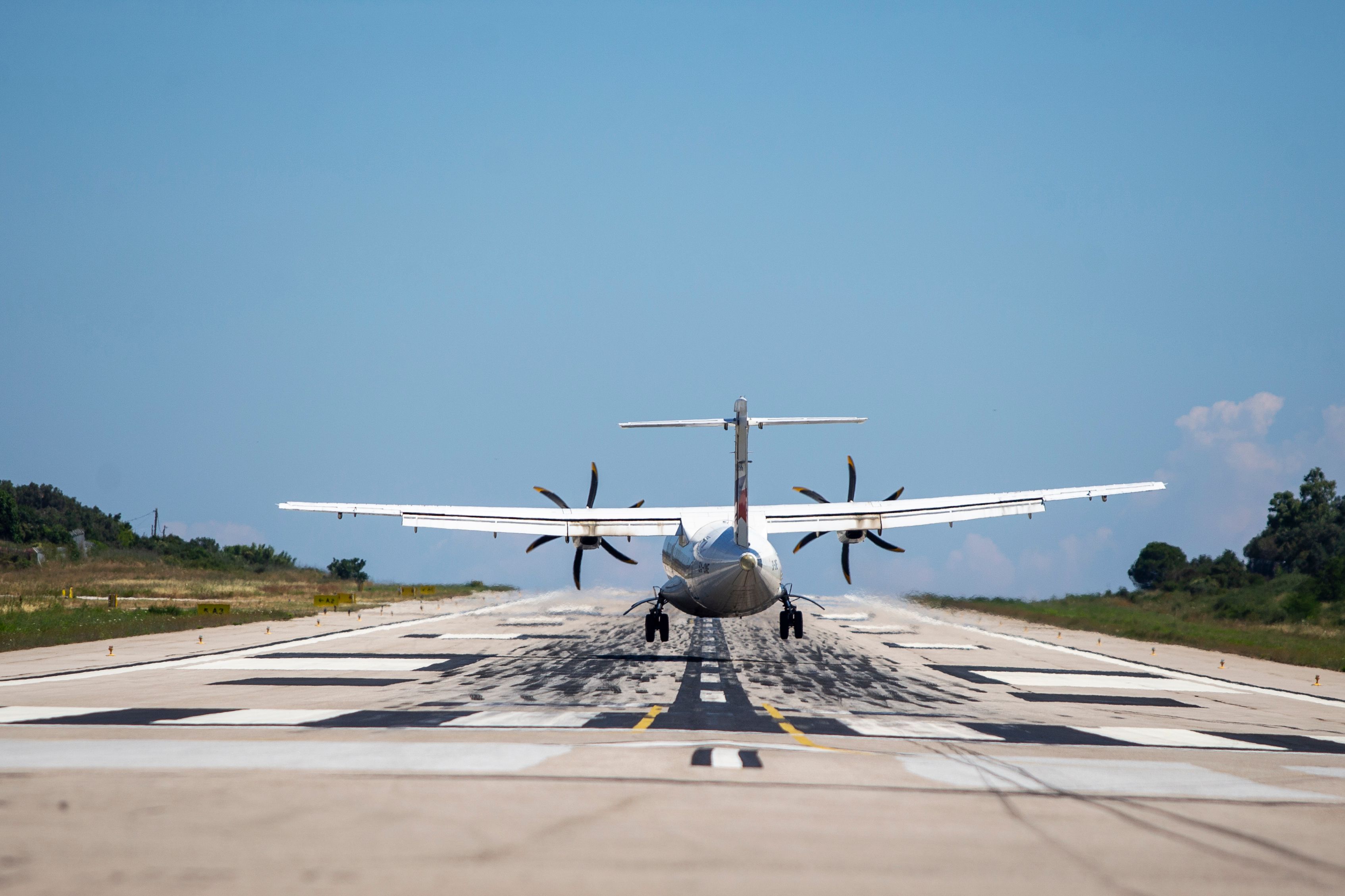
Related
ATR Evolution: A History Of The Models And Plans For The Future
Tracing the history of the Franco-Italian aircraft manufacturer.

